Introduction
In the bustling city of San Francisco, car accidents are a ubiquitous problem affecting commuters and residents alike, casting a shadow over the city’s vibrant tapestry. The constant hum of traffic and the density of vehicles create a challenging environment for drivers, often leading to collisions that range from minor fender-benders to catastrophic events. Understanding the causes, consequences, and potential solutions to car accidents in San Francisco is crucial for promoting safer roads and reducing the toll they take on our community.
According to the San Francisco Municipal Transportation Agency (SFMTA), there were over 10,000 reported car accidents in the city in 2021, resulting in hundreds of injuries and dozens of fatalities. These accidents not only cause physical harm and emotional trauma but also impose a significant financial burden on the city and its residents. The economic cost of car accidents in San Francisco is estimated to be in the hundreds of millions of dollars annually, accounting for medical expenses, property damage, lost productivity, and insurance premiums. Furthermore, car accidents contribute to traffic congestion, air pollution, and noise pollution, further diminishing the quality of life for San Francisco’s residents.
San Francisco’s bustling streets are a constant symphony of traffic, but unfortunately, they also play host to a disheartening number of car accidents. According to the San Francisco Municipal Transportation Agency, there were over 45,000 motor vehicle collisions in the city during 2020, leaving many wondering what factors contribute to these alarming statistics.
Causes of Car Accidents
Distracted Driving
In today’s digitally connected world, it’s all too easy for drivers to be distracted by their smartphones, GPS devices, and even their passengers. A momentary lapse in attention can have disastrous consequences when navigating San Francisco’s winding roads and heavy traffic. One study found that drivers who texted while driving were 23 times more likely to crash than those who kept their eyes on the road.
Speeding
Speeding is not just a violation of the law; it’s a deadly risk. When drivers exceed the posted speed limit, they have less time to react to hazards and are more likely to lose control of their vehicles. In San Francisco, where pedestrians and cyclists share the roads with cars, speeding can be especially dangerous. A recent analysis by the SFPD revealed that speeding-related crashes accounted for more than half of all fatal and major-injury collisions in the city last year.
Alcohol Impairment
Alcohol impairs judgment, coordination, and reaction time, making it extremely dangerous to get behind the wheel after drinking. Even a small amount of alcohol can affect a driver’s ability to safely operate a vehicle. In San Francisco, nearly one-third of all fatal crashes involve alcohol impairment. The San Francisco Police Department conducts regular DUI checkpoints and patrols to crack down on this reckless behavior.
Other Causes
While distracted driving, speeding, and alcohol impairment are major contributors to car accidents in San Francisco, there are other factors that can also play a role. These include:
– Fatigue: Driving while tired can impair judgment and reaction time as much as alcohol.
– Aggressive driving: Tailgating, cutting off other drivers, and running red lights can all lead to collisions.
– Vehicle malfunctions: Faulty brakes, tires, or headlights can contribute to accidents.
– Poor road conditions: Slippery surfaces, potholes, and inadequate lighting can make driving more hazardous.
Car Accidents in San Francisco: A Shadow Over the City
San Francisco, known for its iconic landmarks and vibrant cityscape, grapples with a somber reality—the alarming frequency of car accidents. These collisions leave a devastating trail of consequences, not only for those directly involved but also for the city as a whole.
Consequences of Car Accidents
The impact of car accidents extends far beyond the initial collision. Injuries can range from minor cuts and bruises to life-altering disabilities. Property damage adds to the financial burden, with vehicles and other property often left mangled and beyond repair. At times, the most tragic outcome is a fatality, leaving families and communities shattered.
Economic Impact
Car accidents exact a heavy toll on San Francisco’s economy. Medical expenses for accident victims strain healthcare resources, while property damage and vehicle repairs drain the city’s coffers. Insurance premiums rise in the wake of frequent accidents, increasing costs for drivers and businesses alike. The economic ripple effects are undeniable, casting a shadow over the city’s prosperity.
Social Impact
Beyond the financial implications, car accidents have a profound social impact. Injured victims may be forced to miss work or school, disrupting their lives and the lives of their loved ones. Fear and anxiety grip the city as residents navigate the streets, ever mindful of the potential for disaster. The social fabric is torn as families and communities grieve for those lost in accidents.
Call to Action
Car accidents are not inevitable. Through collective action, we can reduce their frequency and mitigate their consequences. Improved road infrastructure, driver education, and stricter enforcement of traffic laws are essential steps. By working together, we can create a safer San Francisco, where the shadow of car accidents fades and the city shines brighter than ever.
Car Accidents in San Francisco: Exploring Causes, Impacts, and Local Efforts to Reduce Them
The bustling streets of San Francisco, teeming with vehicles and pedestrians alike, can sometimes become the scene of unfortunate car accidents. These incidents not only impact the lives of those directly involved but also leave ripples throughout the city’s infrastructure and community. Understanding the causes and ramifications of car accidents is crucial for developing effective strategies to mitigate their occurrence and ensure the safety of everyone who navigates these urban roads.
Causes of Car Accidents
A complex interplay of factors contributes to car accidents in San Francisco. Reckless driving, such as speeding or running red lights, is a significant culprit. Distractions, like texting while driving or using electronic devices, impair judgment and reaction times. Impairment from alcohol or drug use further exacerbates the risk of accidents, as does drowsy driving. Additionally, San Francisco’s unique topography, including steep hills and winding roads, presents challenges that can amplify the consequences of even minor errors.
Impacts of Car Accidents
The impacts of car accidents extend beyond the physical injuries and property damage they cause. They can also have devastating emotional and economic repercussions. Victims may face medical bills, lost wages, and ongoing pain and suffering. In severe cases, car accidents can lead to permanent disabilities or even fatalities. The emotional trauma of being involved in an accident can linger long after the physical wounds have healed. Moreover, car accidents can disrupt traffic flow, causing delays and congestion that ripple through the city’s entire transportation network.
Efforts to Reduce Car Accidents
Local authorities in San Francisco have recognized the urgent need to address the problem of car accidents. They have implemented a multi-pronged approach involving increased traffic enforcement, public awareness campaigns, and infrastructure improvements.
-
Increased Traffic Enforcement: Police officers have stepped up patrols and are cracking down on traffic violations, especially those that pose the greatest risks, such as speeding and distracted driving.
-
Public Awareness Campaigns: The city has partnered with community groups and organizations to spread the message about safe driving practices. These campaigns utilize billboards, social media, and public service announcements to educate motorists about the dangers of reckless behavior and the importance of staying alert and focused while behind the wheel.
-
Infrastructure Improvements: San Francisco is actively making changes to its road network to enhance safety. This includes installing traffic calming measures, such as speed bumps and roundabouts, to slow down vehicles and reduce the severity of collisions. The city is also improving pedestrian crossings, making them more visible and accessible for those on foot.
In addition to these efforts, San Francisco has formed partnerships with ride-sharing companies and other transportation providers to explore innovative solutions to reduce car accidents. Whether it’s promoting alternative modes of transportation or developing new technologies to assist drivers, the city is committed to finding comprehensive ways to make its streets safer for everyone.
The Perils of San Francisco’s Roads: A Statistical Epidemic
In the heart of California’s bustling metropolis, San Francisco’s streets have become notorious for a grim statistic: car accidents. With numbers climbing at an alarming rate, the City by the Bay has found itself grappling with a transportation crisis that demands urgent attention. These accidents, often resulting in severe injuries and even fatalities, have cast a pall over the city’s vibrant streets, leaving residents and officials alike searching for solutions.
The Roots of the Problem: A Tangled Web of Factors
To understand the surge in car accidents in San Francisco, one must delve into the complex tapestry of contributing factors. A melting pot of steep hills, narrow streets, and a dense population has created a challenging environment for drivers. Add to this the influx of tourists and ride-sharing services, and the city’s roads have become a congested labyrinth.
Education and Enforcement: A Two-Pronged Approach
In response to the rising tide of accidents, the city has implemented a two-pronged strategy: education and enforcement. Public awareness campaigns aim to instill safe driving habits, while increased police presence on the roads serves as a deterrent to reckless behavior. Yet, experts argue that more needs to be done, calling for stricter enforcement of traffic laws and the adoption of new technologies.
Technology to the Rescue: A Glimmer of Hope
In the realm of technology, promising innovations are emerging to bolster road safety. Autonomous vehicles, which rely on sensors and artificial intelligence, hold the potential to eliminate human error, a major cause of accidents. Similarly, advanced traffic management systems can optimize traffic flow, reducing congestion and the likelihood of collisions.
Community Involvement: A Collective Responsibility
Residents and community organizations play a crucial role in reducing car accidents by promoting safe driving practices and advocating for road safety initiatives. Neighborhood watch groups and local businesses can organize educational campaigns, while community leaders can lobby for infrastructure improvements and stricter enforcement of traffic laws. By working together, the people of San Francisco can create a culture of safety on their streets.
Looking Ahead: A Road Map to Safer Streets
As the city continues to grapple with the challenge of car accidents, a comprehensive approach is needed. This includes investing in education and enforcement, harnessing the power of technology, and fostering community involvement. Only through a concerted effort can San Francisco transform its streets into safe havens for all.
Car Accidents in San Francisco
Bumper-to-bumper traffic, impatient drivers, and bustling intersections; San Francisco has got a notorious rep for its chaotic roads. Those of us who navigate the city’s streets daily are all too familiar with the heart-stopping near misses and the constant fear of being involved in a car accident. And, unfortunately, that fear is well-founded, as the City by the Bay consistently ranks among the top cities for car accidents in the nation.
Causes of Car Accidents in San Francisco
So, what’s behind these alarming numbers? The finger points to several key factors: Firstly, there’s the city’s dense population – more people, more cars, more chances of collisions. Secondly, the hilly terrain and narrow streets can be treacherous, especially during rush hour. And thirdly, let’s not forget the infamous San Francisco fog, which can reduce visibility and make driving downright hazardous.
Consequences of Car Accidents
Car accidents aren’t just fender benders; they can have life-altering consequences. From minor injuries to severe trauma, the physical toll can be devastating. But the emotional and financial burdens can be just as crippling. Medical bills, lost wages, and the psychological trauma of being involved in an accident can linger long after the physical wounds have healed.
Road Safety Initiatives
Recognizing the severity of the problem, the city has implemented a range of road safety initiatives. The Vision Zero program aims to eliminate traffic fatalities by 2024 through a combination of traffic calming measures, pedestrian safety improvements, and public awareness campaigns. Additionally, speed cameras are being installed at high-risk intersections to deter speeding, the leading cause of car accidents in San Francisco.
Personal Responsibility
While the city works to improve road safety, we as individuals also have a responsibility to drive safely. That means obeying traffic laws, avoiding distractions, and looking out for pedestrians and cyclists. By being mindful and defensive drivers, we can all contribute to a safer driving environment.
Data and Statistics
In 2021, San Francisco recorded over 10,000 car accidents, resulting in over 15,000 injuries and 100 fatalities. Pedestrians and cyclists accounted for a significant proportion of these incidents, highlighting the need for greater protection for vulnerable road users. The most dangerous intersections in the city include Lombard and Gough, Geary and Van Ness, and Market and Valencia, notorious for their high number of accidents.
Conclusion
While car accidents remain a concern in San Francisco, ongoing efforts to address the causes and consequences of these incidents aim to enhance road safety and protect the well-being of the city’s inhabitants. By working together as a community and embracing a culture of safe driving practices, we can strive towards a future where San Francisco’s roads are less treacherous and more welcoming for all.
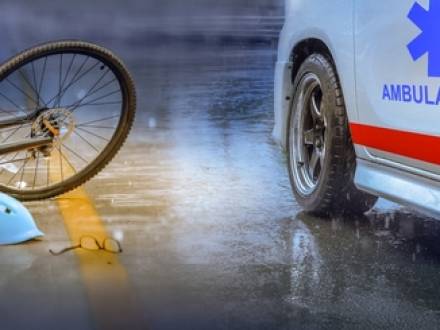
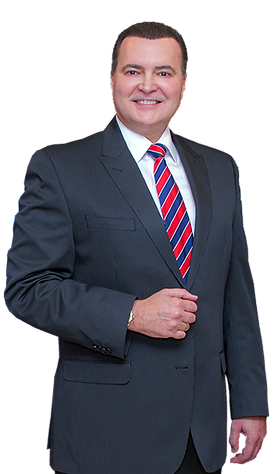
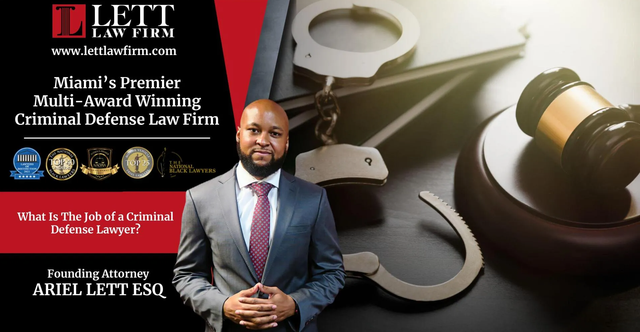
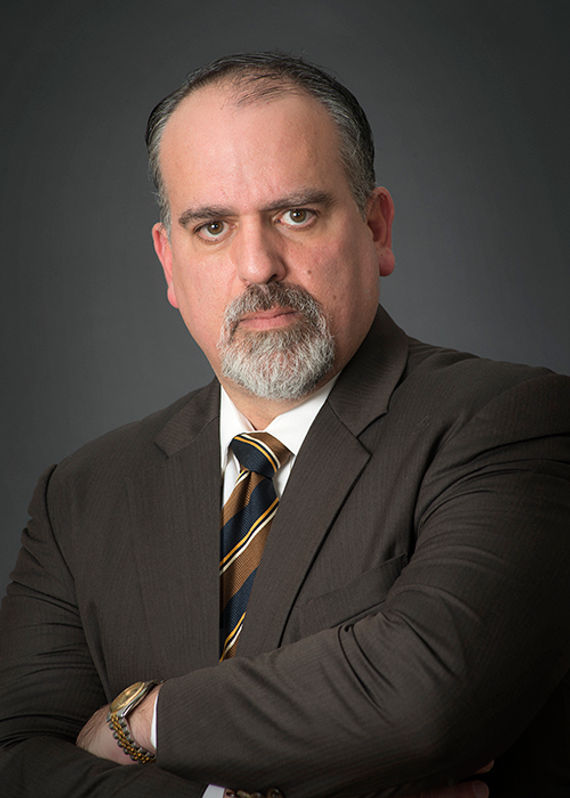
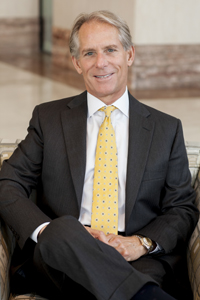
Leave a Reply